The universe is a vast and mysterious place, but even within our own solar system, there are astonishing secrets hiding in plain sight.
While NASA has revealed much about our planetary neighbors, some truly mind-blowing facts remain overlooked or rarely discussed in mainstream science.
From bizarre planetary features to surprising cosmic oddities, these revelations challenge what we think we know about our celestial family.
Get ready to explore 15 planet facts that will surprise you, make you question everything, and ignite your curiosity about the worlds beyond Earth.
1. Mercury Shrinks Over Time
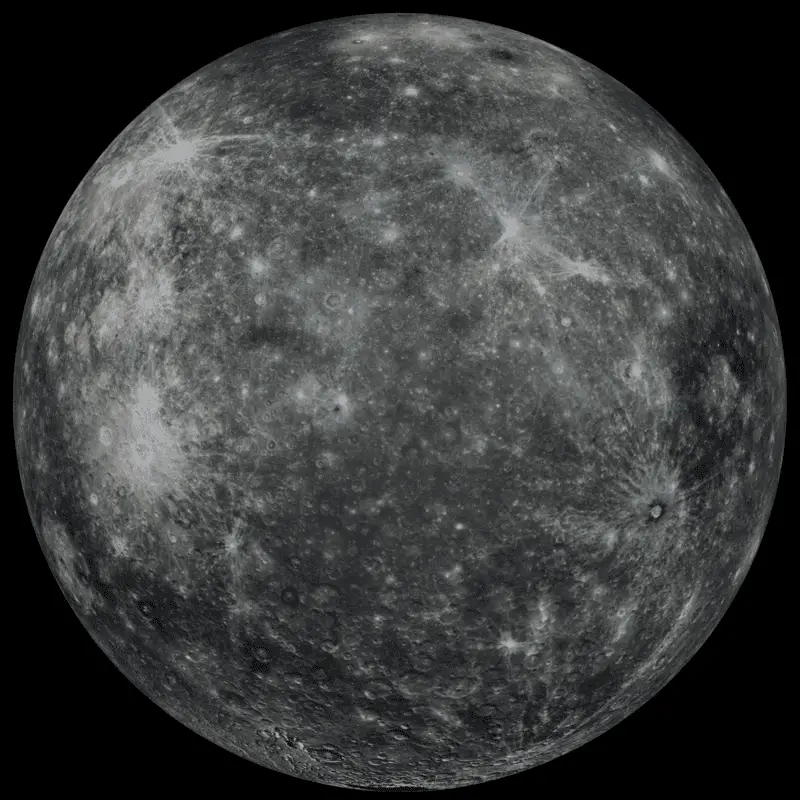
Mercury is not as unchanging as it appears. In fact, this small planet is shrinking! As Mercury’s iron core slowly cools, it contracts, causing the surface to wrinkle and fold. These giant cliffs, or “scarps,” can stretch for hundreds of kilometers. Unlike Earth, which maintains a relatively steady size, Mercury is continually getting smaller—leaving behind dramatic features visible even from space.
Learn more at NASA’s Mercury Fact Sheet.
2. Venus Rotates Backwards
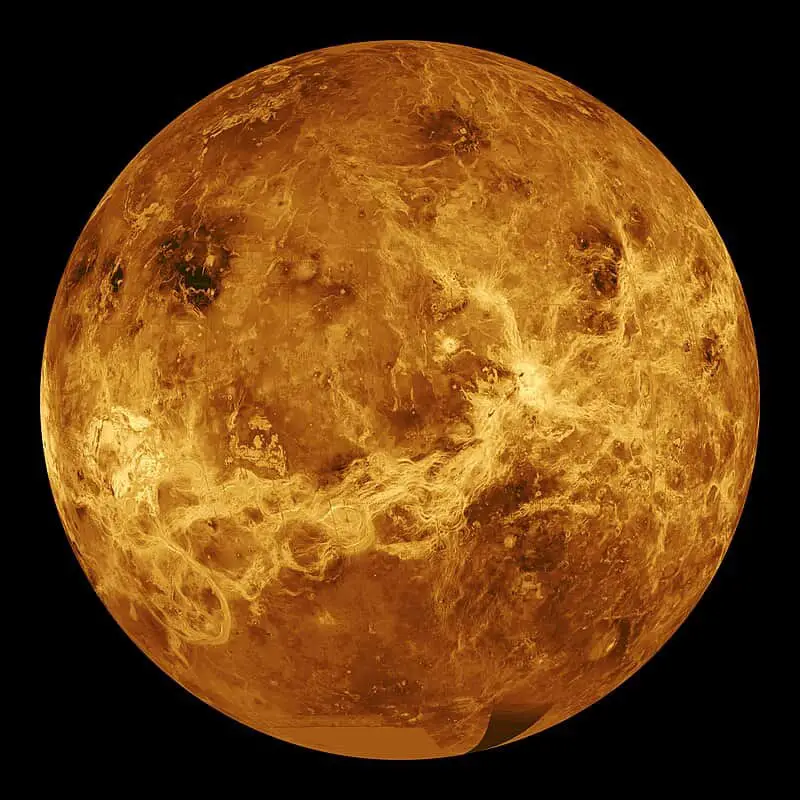
Venus stands out in the solar system for its retrograde rotation—it spins in the opposite direction of most other planets. This means if you stood on Venus (with a very sturdy spacesuit!), the Sun would rise in the west and set in the east. Scientists believe this unusual spin could be the result of catastrophic collisions early in Venus’s history. Such backward rotation is extremely rare, making Venus a true cosmic oddball.
More on Venus at NASA.
3. Earth’s Day Is Getting Longer

Earth’s rotation isn’t as steady as it may seem. Thanks to the gravitational pull of the Moon, our planet is gradually slowing down. Each century, our days lengthen by about 1.7 milliseconds. Though it sounds tiny, over millions of years, this slow-down adds up to significantly longer days than we experience now. This fascinating process is a reminder that even Earth is constantly changing in subtle ways.
Discover more about Earth’s rotation.
4. Mars Has Blue Sunsets
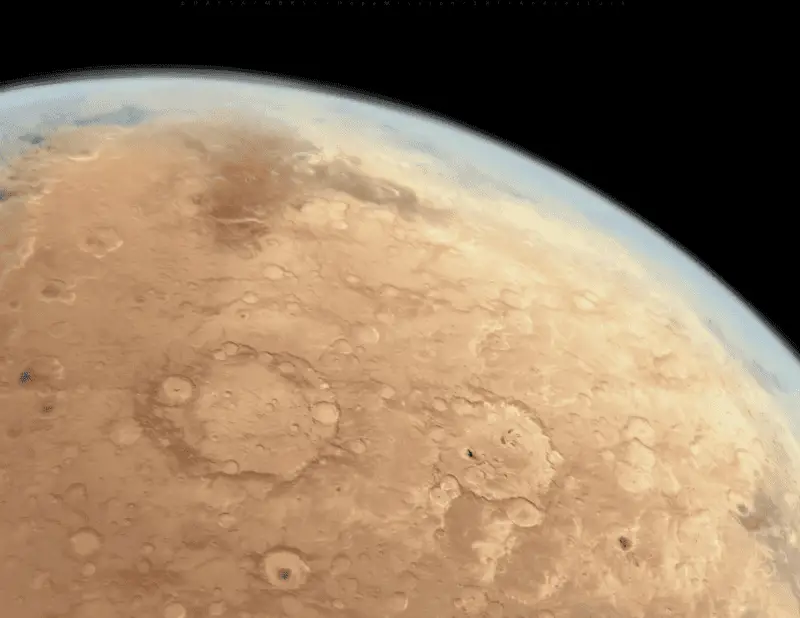
Mars is famous for its dusty, red-tinted skies, but its sunsets paint a very different picture. When the Sun dips below the Martian horizon, the sky turns a striking blue. This happens because Martian dust scatters sunlight in a way that lets blue light pass through more directly—a phenomenon opposite to Earth’s orange-red sunsets. It’s a surreal twist that shows just how unique each planet’s atmosphere can be.
See NASA’s images of Martian sunsets.
5. Jupiter Has the Solar System’s Largest Ocean

Hidden beneath Jupiter’s swirling clouds lies something astonishing—a potential ocean of liquid hydrogen that may be the largest in the entire solar system. This immense, alien sea is nothing like Earth’s oceans; Jupiter’s crushing pressures transform hydrogen into a liquid state, creating an environment that’s truly otherworldly. If confirmed, this ocean would dwarf any found on our planet, making Jupiter even more mysterious and impressive.
Explore more Jupiter facts from NASA.
6. Saturn Would Float in Water
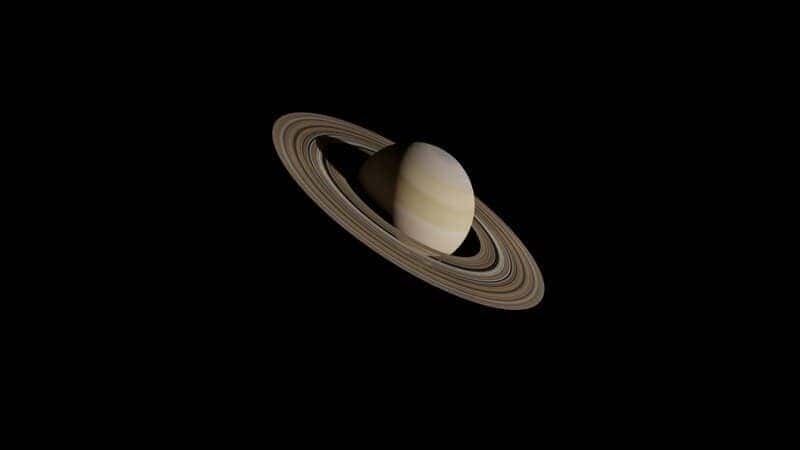
Believe it or not, Saturn is so lightweight for its size that it would float if you could find a bathtub big enough! This gas giant’s average density is less than water, thanks to its makeup of mostly hydrogen and helium. It’s a truly unique trait among the planets and highlights just how different Saturn is from the rocky worlds.
Discover more about Saturn on NASA.
7. Uranus Spins on Its Side
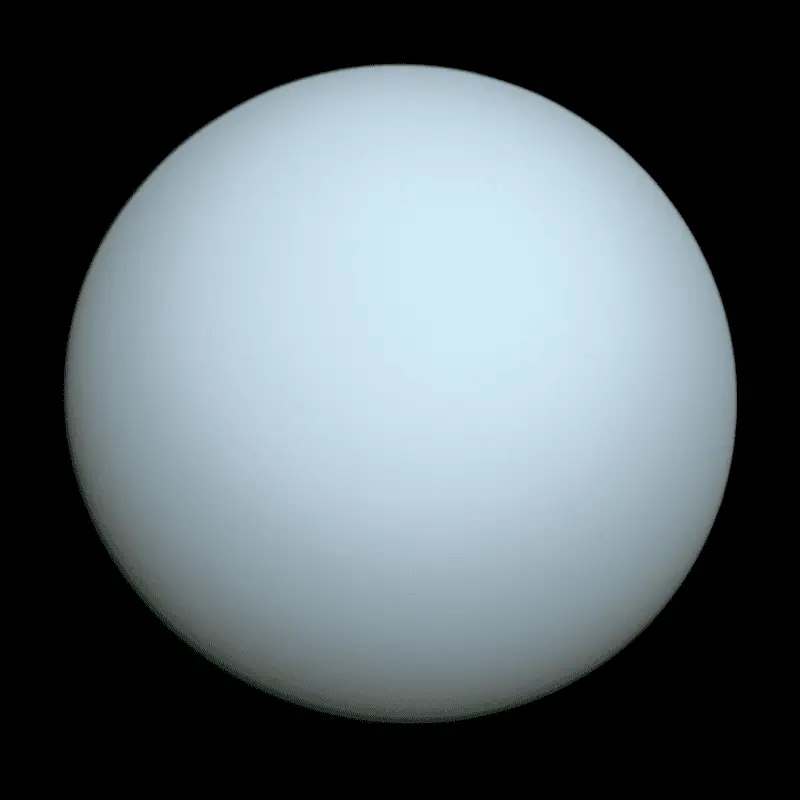
Uranus takes “unique” to a whole new level: its axis is tilted by a staggering 98 degrees. Instead of spinning upright like most planets, Uranus essentially rolls around the Sun on its side! Scientists believe this dramatic tilt was caused by a massive collision with another celestial body long ago. As a result, Uranus experiences extreme and unusual seasons, with each pole getting decades of continuous sunlight or darkness.
Explore Uranus at NASA.
8. Neptune Has Supersonic Winds
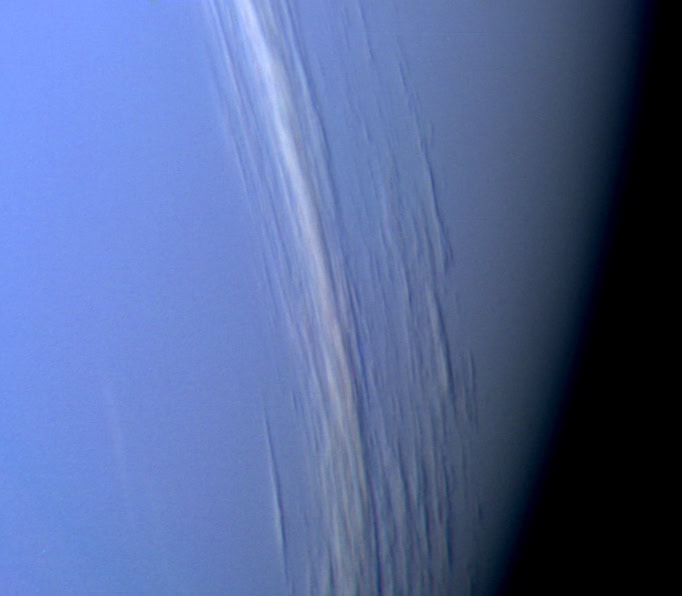
Neptune is home to the fastest winds in the solar system, with speeds topping 1,200 miles per hour—faster than the speed of sound on Earth! These incredible winds whip through Neptune’s atmosphere, stirring up giant storms and creating massive, dark spots that can be seen from space. The sheer power of Neptune’s weather is a testament to the planet’s wild and dynamic nature.
See more Neptune facts from NASA.
9. Pluto Has a Heart-Shaped Glacier
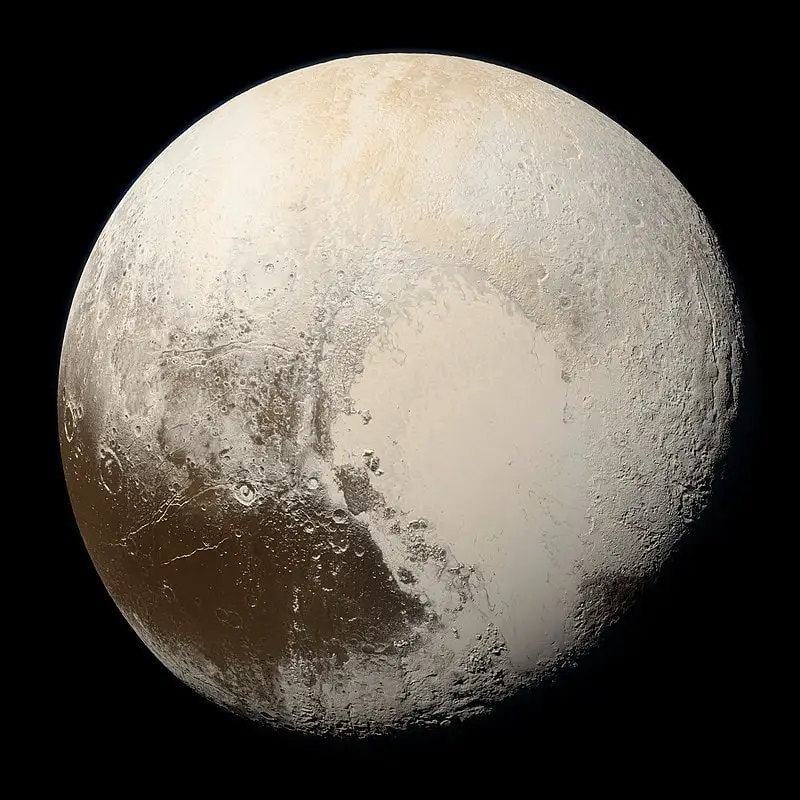
Despite its dwarf planet status, Pluto boasts an iconic feature—a giant, heart-shaped glacier known as Tombaugh Regio. This stunning icy region was revealed in incredible detail by NASA’s New Horizons mission and has become a symbol of Pluto’s charm and mystery. The heart of Pluto stands as a reminder of how much we still have to learn about the farthest reaches of our solar system.
Learn more about Pluto at NASA.
10. Mars Has the Tallest Volcano
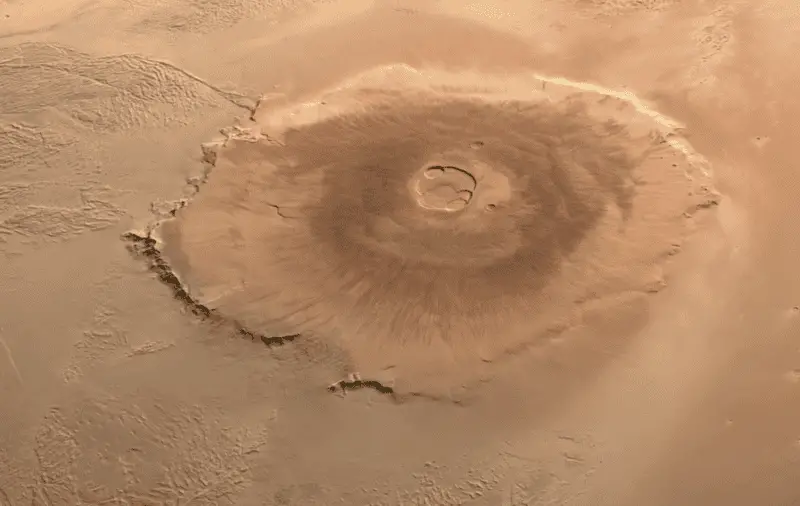
Mars is home to Olympus Mons, the tallest volcano—and the largest shield volcano—in the entire solar system. Towering at about 13.6 miles (22 kilometers) high, it stands nearly three times taller than Mount Everest! This colossal structure owes its immense size to Mars’s lower gravity and the absence of plate tectonics, which allows lava to pile up over millions of years. Olympus Mons is a monument to the planet’s dramatic and ancient volcanic activity.
More on Olympus Mons from NASA.
11. Jupiter’s Great Red Spot Is Shrinking
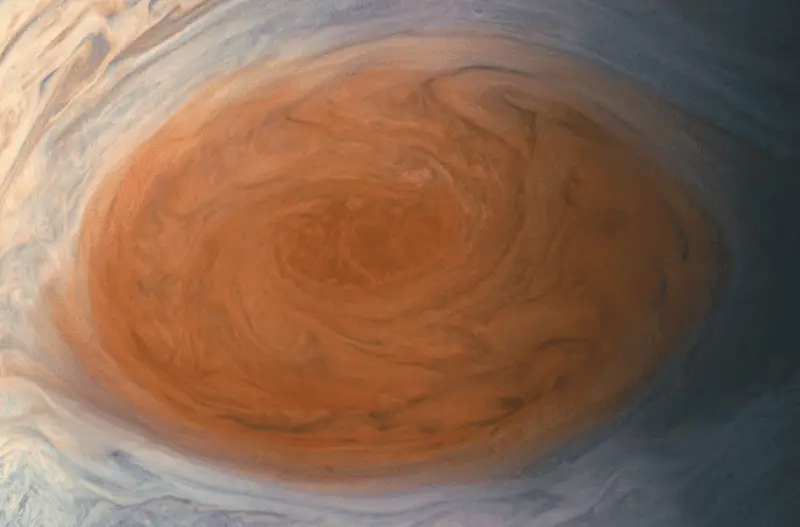
Jupiter’s famous Great Red Spot—a swirling storm larger than Earth—has fascinated astronomers for centuries. Surprisingly, this iconic feature is shrinking. Over the past hundred years, both its size and the intensity of its red color have changed significantly. While still immense and powerful, the Great Red Spot’s gradual transformation remains a captivating mystery for scientists.
Read more about the Great Red Spot at NASA.
12. Venus Is Hotter Than Mercury
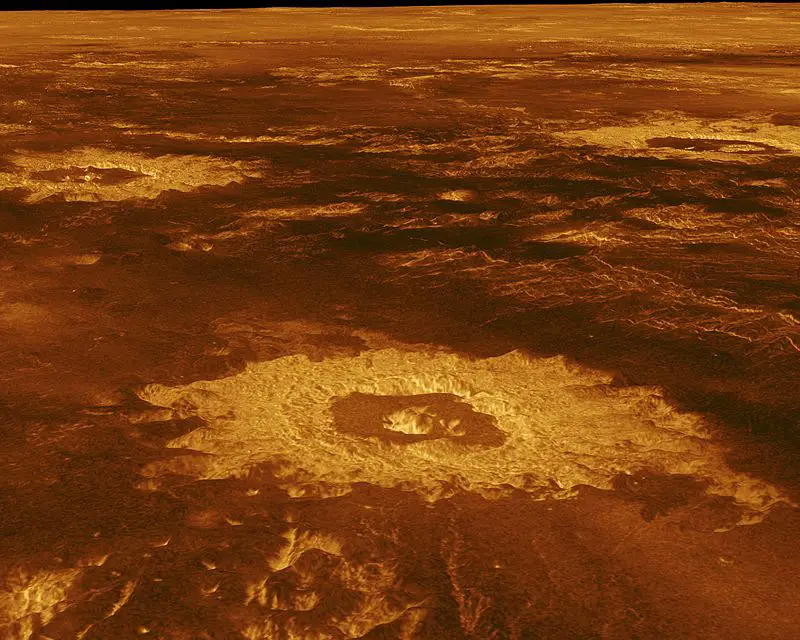
It might seem logical that Mercury, being the closest planet to the Sun, would be the hottest—but Venus takes that title. Thanks to its dense, carbon dioxide-rich atmosphere, Venus experiences an extreme runaway greenhouse effect that traps immense amounts of heat. Surface temperatures on Venus soar high enough to melt lead, making it the hottest planet in our solar system, despite its greater distance from the Sun.
Find out more about Venus’s heat at NASA.
13. Earth Once Had a Twin Planet
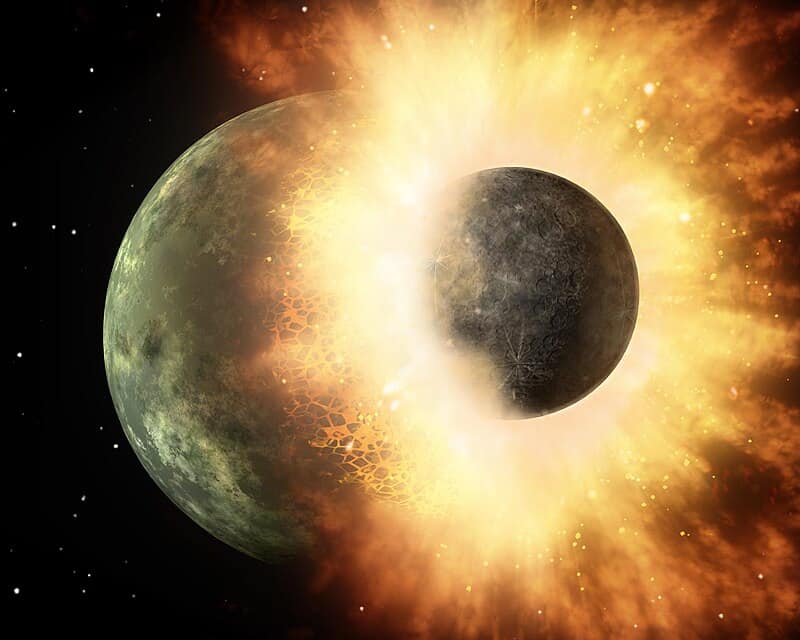
Long ago, Earth may have shared its orbit with a mysterious, Mars-sized body known as Theia. Scientists believe a colossal collision between Earth and Theia led to the formation of the Moon, forever altering our planet’s history and evolution. This dramatic cosmic event is one of the most intriguing theories about our early solar system—and it highlights just how dynamic and unpredictable planetary formation can be.
Read more about Theia at Scientific American.
14. Uranus and Neptune Have Diamond Rains
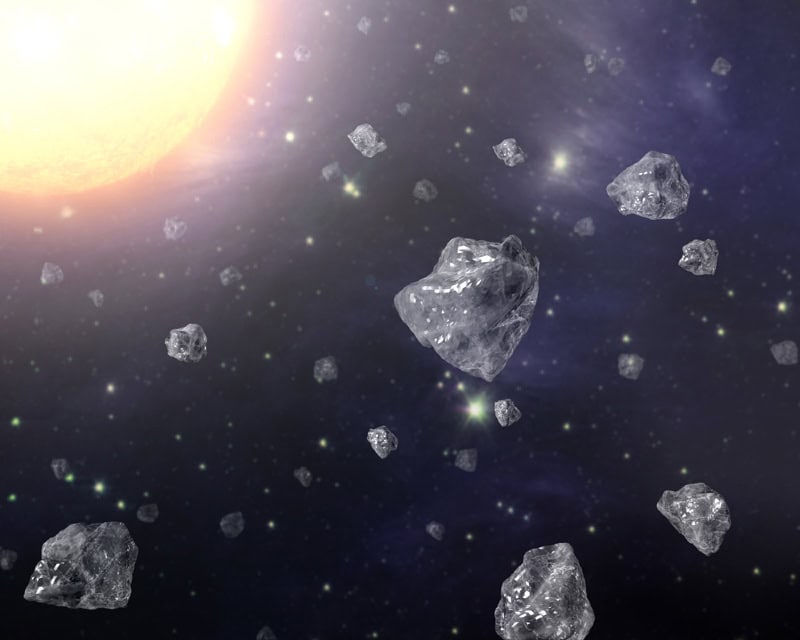
Deep within Uranus and Neptune, the conditions are so extreme that diamond rain may actually fall. Under intense pressure and heat, methane molecules break apart, and carbon atoms compress into diamonds, which then sink through the planets’ icy interiors. This dazzling phenomenon was even recreated in laboratory simulations on Earth. The idea of precious gems falling like rain highlights just how exotic and mysterious the outer planets truly are.
Learn more about diamond rain at BBC.
15. Mars Has Two Tiny Moons—But They May Not Last
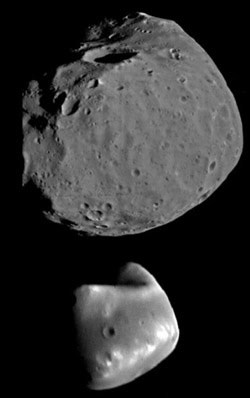
Mars’s moons, Phobos and Deimos, are small, oddly shaped worlds believed to be captured asteroids. Unlike our stable Moon, Phobos is slowly spiraling toward Mars and could either shatter into a ring or crash onto the Martian surface within millions of years. These changes remind us how dynamic and unpredictable our solar system can be. Ready to dive deeper? Explore more about Mars’s moons with NASA and keep your curiosity reaching for the stars!
.article-content-img img { width: 100% }



Vielleicht interessiert es Sie:
Wussten Sie! Minensuchratten auf dem Schlachtfeld und sie sind super effektiv!
Wie viele Giraffenarten gibt es? Leben sie alle in Afrika?
Der Vogel ist das Weibchen der Vögel: wahr oder falsch?
Warum bauen Biber Dämme? Welchen Nutzen?
Warum leben manche Tiere nachtaktiv? Welche Vorteile?
Küssen Tiere? Ist das die gleiche Bedeutung wie Menschen?
200+ Hilarious Seahorse Jokes That Will Make You Smile and Giggle
200+ Funny Investment Jokes to Boost Your Financial Humor Game